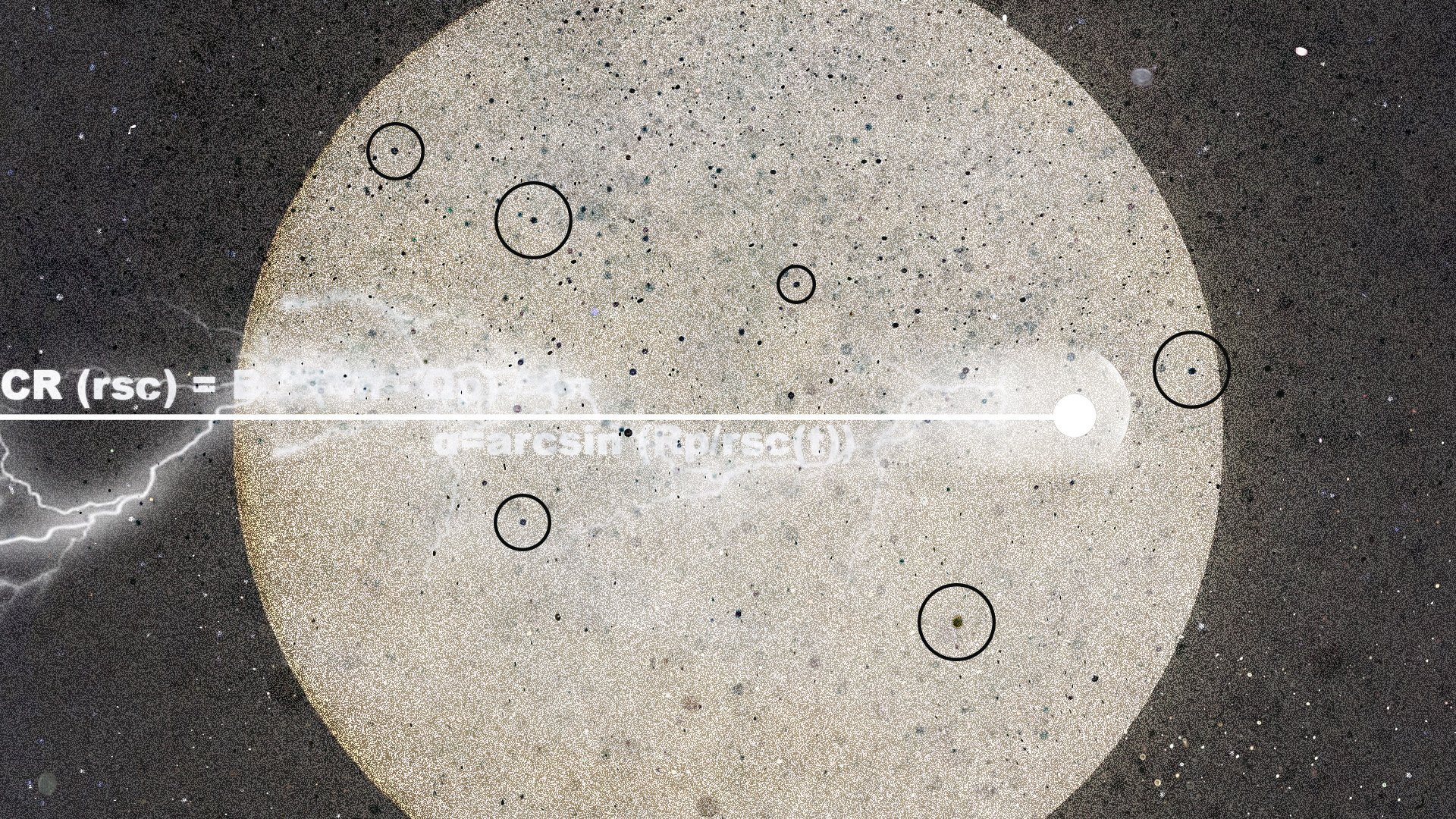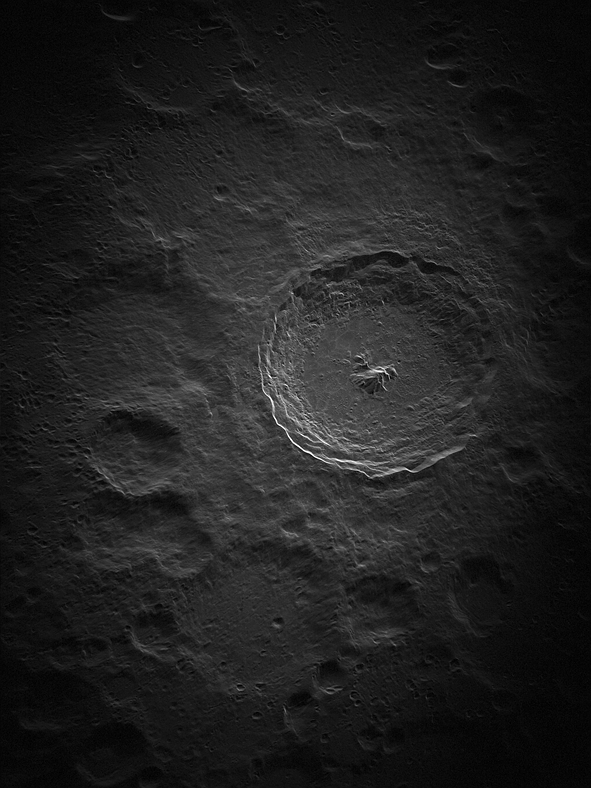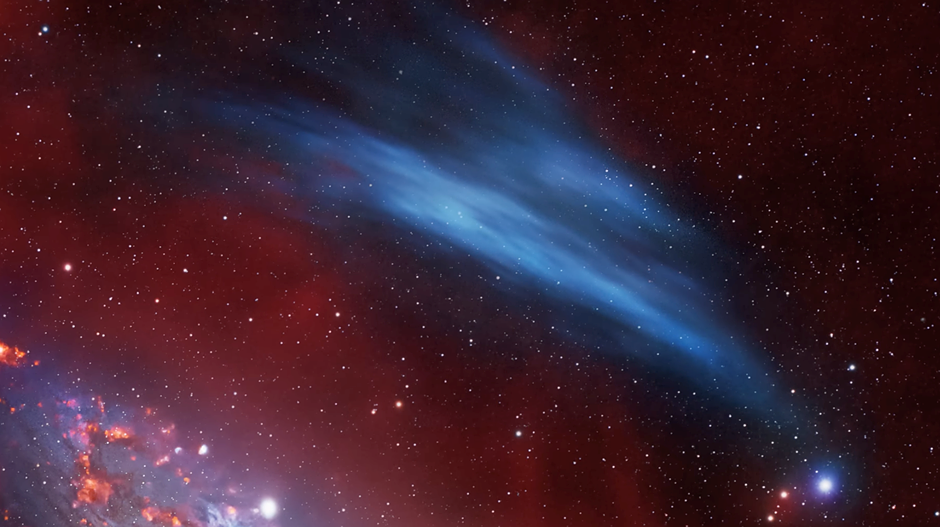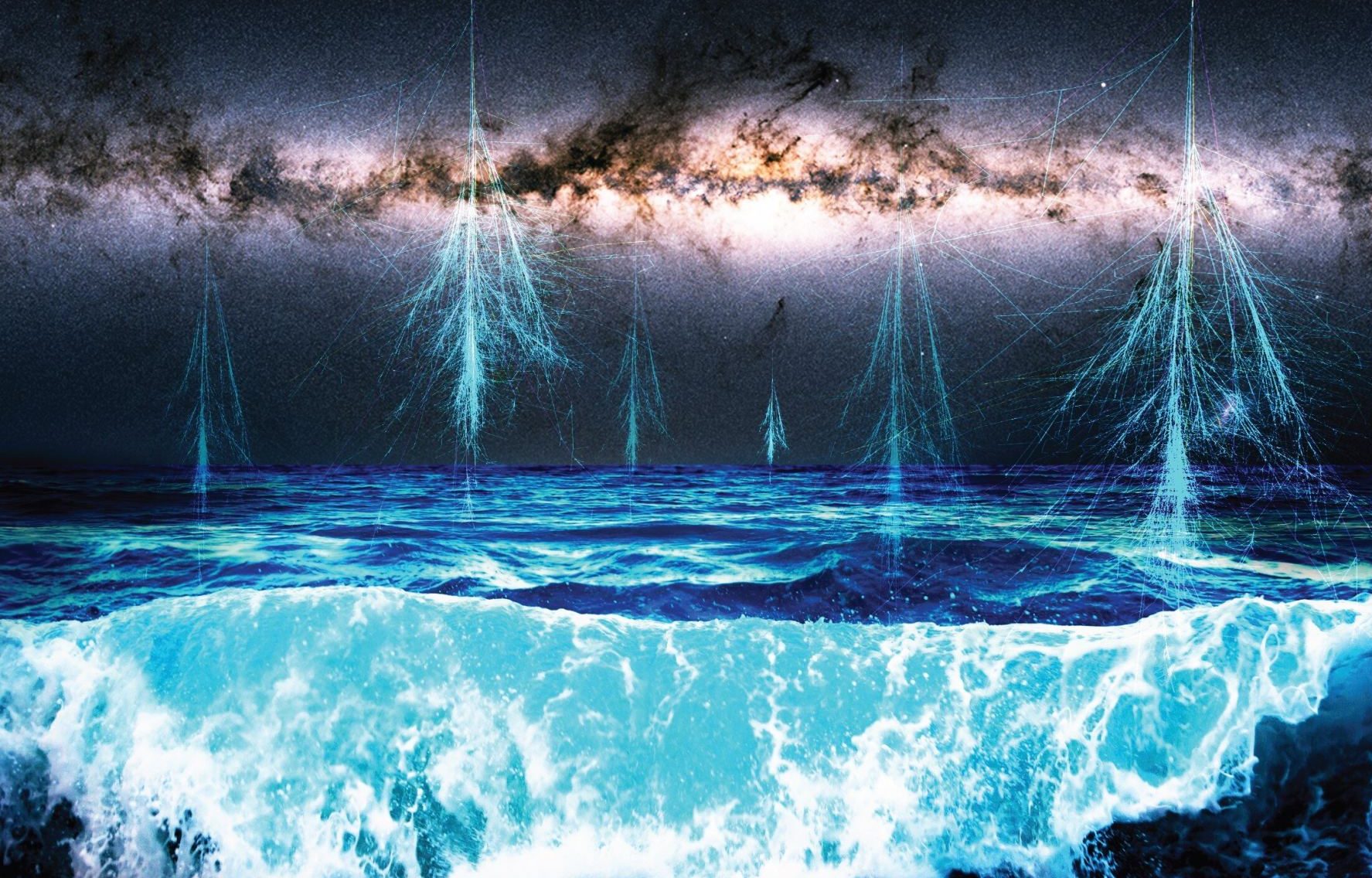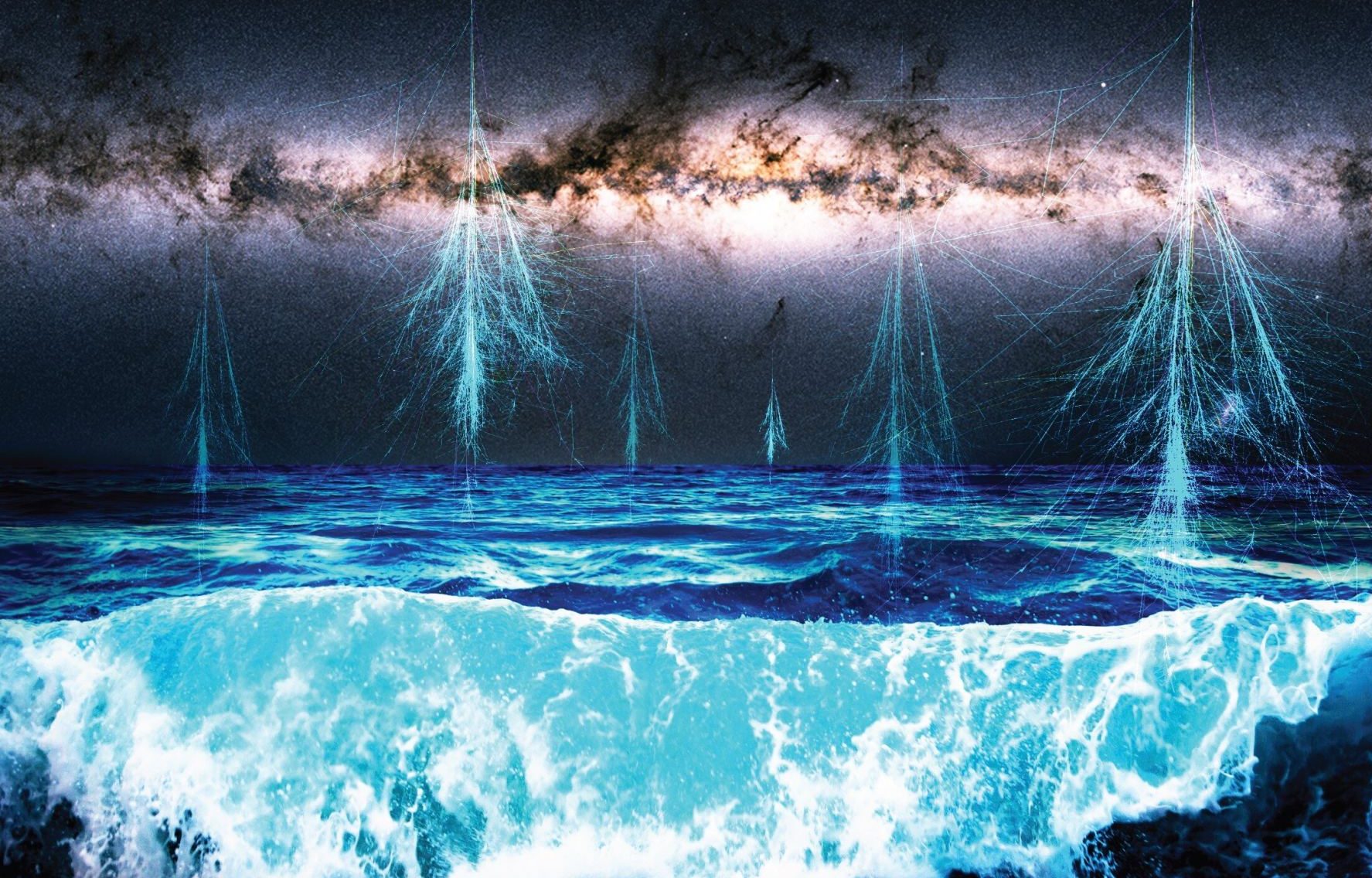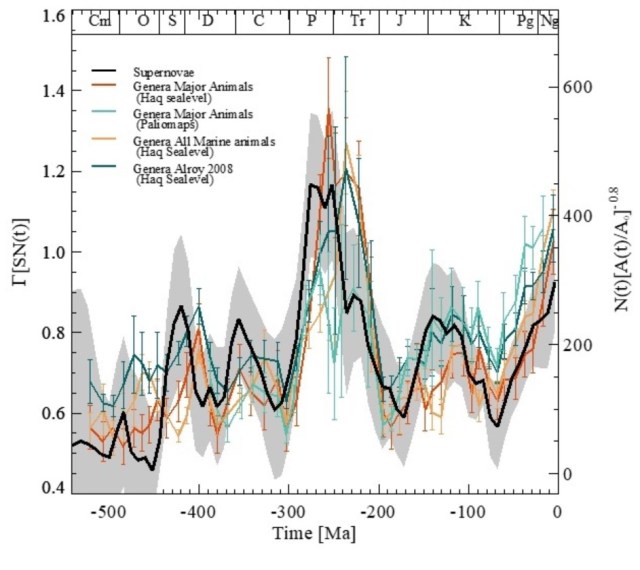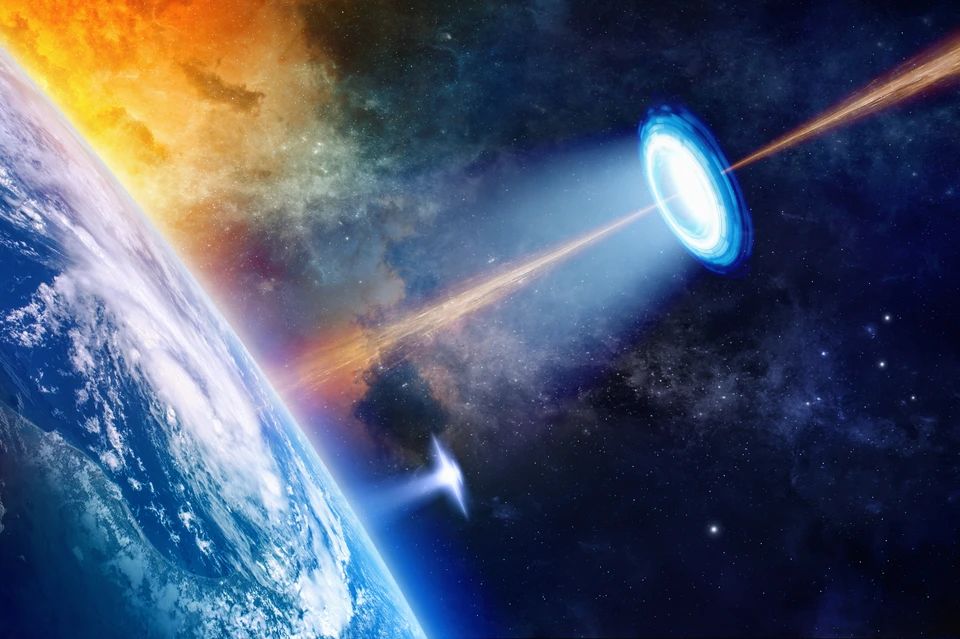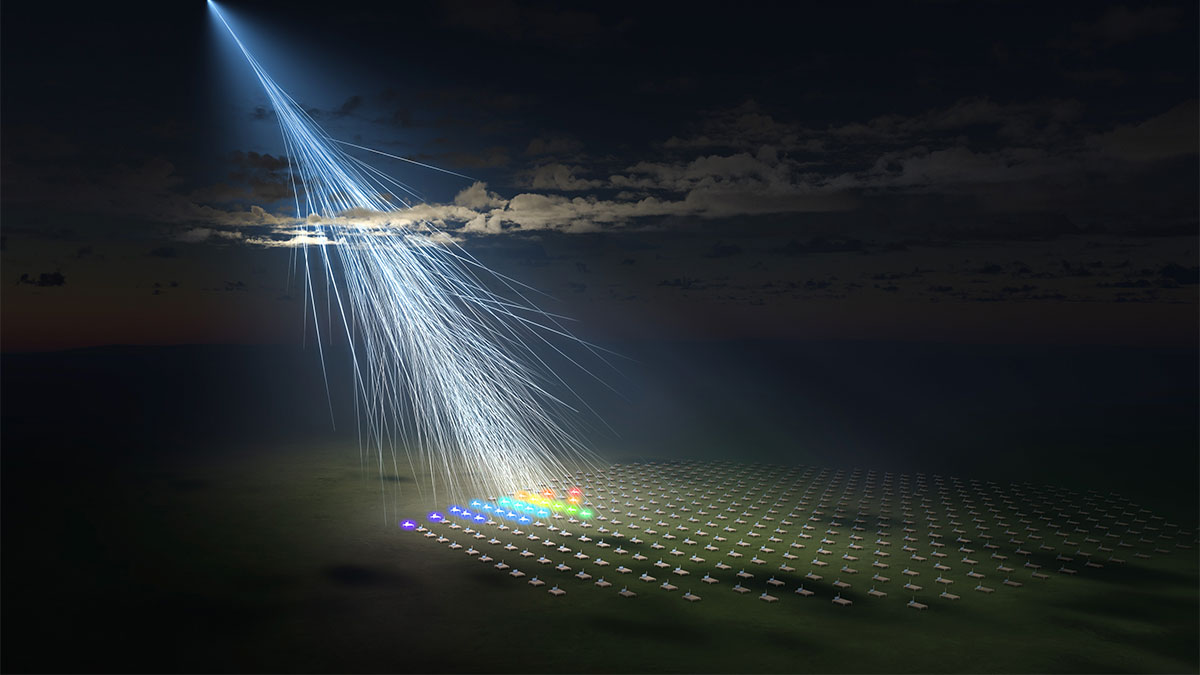By
Genelle Weule
Posted Wed 26 Oct 2022 at 1:01amWednesday 26 Oct 2022 at 1:01am, updated Wed 26 Oct 2022 at 1:09am
The most intense solar storm in recorded history, known as the Carrington event, damaged nascent power and communication networks in the Victorian era.
But Earth has been hit by radiation levels that were up to 100 times greater than this, according to a new study of spikes in radiocarbon stored in tree rings.
The prevailing hypothesis has been that these spikes, known as Miyake events — after the Japanese scientist that first discovered them — were caused by solar storms.
"There are six known [Miyake] events spanning nearly 10,000 years," said astrophysicist Benjamin Pope of the University of Queensland.
The most recent spikes occurred in 774 AD and 993 AD during the early Medieval period.
But new research by Dr Pope and colleagues, published today in Proceedings of the Royal Society A: Mathematical and Physical Sciences, reveals that the origin of these extreme bursts of radiation appears to be more complex.
"There's a kind of extreme astrophysical phenomenon that we don't understand and it actually could be a threat to us," Dr Pope said.
While a radiation event of this scale wouldn't directly harm us, it could knock out everything we rely on in our modern world — not just for days, but months or longer.
Space weather written in wood
Many species of trees, especially those in temperate climates, lay down a new ring each year that reads like a barcode of its age.
These markers of time also help scientists pin down when the tree absorbed radioactive carbon-14, produced by the interaction of high energy particles, caused by cosmic rays and solar storms interacting with the atmosphere.
Radiation coming from the Sun can vary throughout the solar cycle, but strong solar storms are four times more likely to occur every 11 years when sunspot activity peaks.
Dr Pope wanted to analyse all the studies of tree rings to find out how strong the Miyake events were, and when they occurred in the solar cycle.
He asked his undergraduate students, led by Qingyuan Zhang, to develop a program to crunch all the data ever published on the events and model how carbon had been locked up in tree rings as it cycled through Earth's biosphere for the past 10,000 years.
"We just thought it would be very interesting if we can confirm any of the existing hypotheses [about the origin of Miyake events], or just maybe challenge some of them," Mr Zhang said.
Data from the study showed that these mysterious radiation storms occurred roughly once in 1,000 years and happened right across the solar cycle, not just solar maximum.
Many of the spikes lasted longer than normal solar storms. At least one event in 663 BC lasted up to three years, and another in 5480 BC built up across a decade.
"At least two, maybe three of these events ... took longer than a year, which is surprising because that's not going to happen if it's a solar flare," Dr Pope said.
Solar flares are also accompanied by aurora at the poles and sometimes, if they are strong enough, at mid-latitudes.
Yet, despite the length and intensity of some of these events, there is scant evidence of anything out of the ordinary in historical texts around the time of the Miyake events, apart from a brief mention of a "red crucifix" in the summer of 774 AD in the Anglo Saxon Chronicles, and an aurora documented in 775 AD in the Chinese chronicle Jiutangshu.
We thought we were going to have a big slam dunk where we could prove that [Miyake events were caused by] the Sun," Dr Pope said.
"This is the most comprehensive study ever made of these events and the big result is a big shrug; we don't know what's going on."
Unusual radiation spikes are not just seen in tree rings; they also appear in ice core data, says physicist Andrew Smith, who is working on separate research at ANSTO.
Dr Smith is studying fluctuations in beryllium-10 and chlorine-36 isotopes in cores from Antarctica that overlap with the 774 and 993 Miyake, and 1859 Carrington events.
The Earth is constantly bombarded by high-energy cosmic rays that produce these isotopes along with radiocarbon-14, but lower-energy particles from the Sun also produce these isotopes during solar storms.
While all the data is yet to be analysed, Dr Smith said the beryllium recorded in ice cores appeared to mirror the tree ring data for 993 and 774.
"There is the strong suggestion in [the beryllium data] that the 993 event was multiple events, not a single event, whereas the 774 event appeared to be more constrained in time," Dr Smith said.
So what could be happening?
Over the years scientists have debated a number of sources for these mysterious events.
Along with solar storms, other galactic phenomena including gamma-ray bursts, supernova explosions and blasts from nearby neutron stars have been put forward as options.
While Dr Pope said no evidence of these other galactic phenomena had been detected nearby, they couldn't be conclusively ruled out.
And if the phenomenon behind Miyake events comes from left field, we have no way of predicting them.
"It's really important that we resolve this question because the Carrington Event was 100 times smaller in terms of radiation output than these Miyake events," Dr Pope said.
The high spikes in the data could simply be from aspects of plant physiology or the carbon cycle we don't understand.
But Dr Pope's best guess is that the longer duration spikes may come from a series of outbursts from the Sun.
"Not just one solar flare, but recurrent solar flares going off again and again."
Solar physicist Hannah Schunker of the University of Newcastle said this scenario was highly plausible.
"We have absolutely no idea how to predict when or where an explosion will occur," said Dr Schunker, who was not involved in the study.
"There's no reason why we couldn't have many complex magnetic regions close by and they all flare one after the other."
Dr Schunker said it was also possible that shorter events could be caused by solar storms and longer ones could be caused by other galactic phenomena, depending upon when in the solar cycle the spike happened.
"When the Sun is quieter [towards solar minimum], there is less magnetic field in the heliosphere to protect the Earth from external sources," Dr Schunker said.
"But when the magnetic field has higher magnetic activity [towards solar maximum]. it's a lot more likely to produce stronger flares."
ANSTO's Dr Smith said he was not surprised there was no obvious relationship with the solar cycle because solar storms can happen anytime.
But, he said, future analysis of the chlorine isotope, which is produced in higher quantities than beryllium in solar events, may shed more light on Miyake events.
"We do need to really understand the severity of these events," Dr Smith said.
"If we had an event like that, even on the short scale … we'd be thrown into chaos."

en.wikipedia.org

